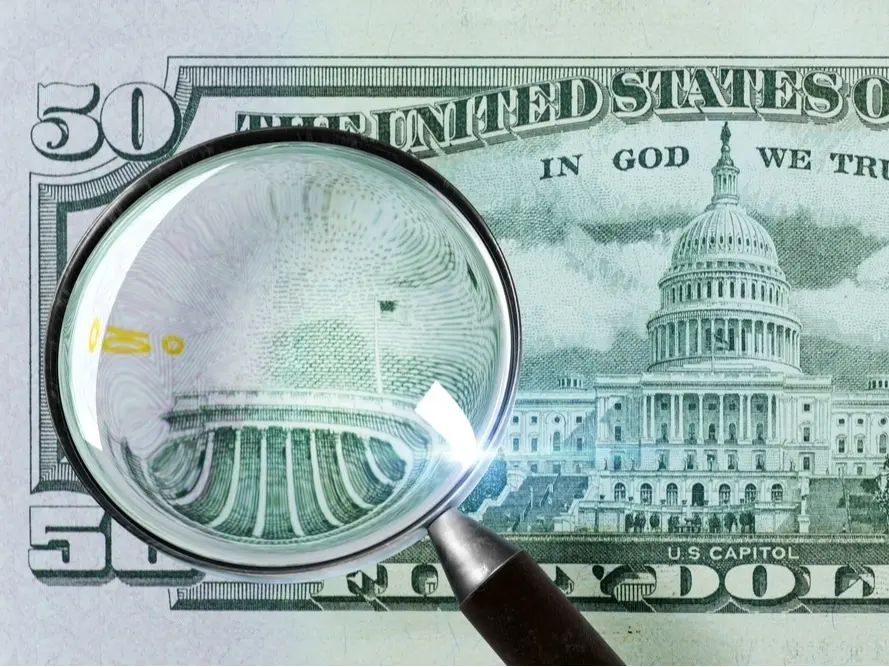
S&P Global Ratings says it downgraded the district because of its threat to file for bankruptcy protection and refusal to adopt a budget.
TOMS RIVER, NJ — The Toms River Regional School District has had its credit rating downgraded as a result of its budget battles with the state of New Jersey, a credit ratings company has announced.
S&P Global Ratings said it downgraded the school district to an A-minus in an announcement on Sept. 23.
“Risk management, culture, and oversight factors negatively weigh on our rating given the discussion of bankruptcy proceedings and the board’s refusal to adopt an operating budget for fiscal 2026,” the S&P Global Ratings statement said. “In our view, this stems from the board’s reluctance to increase taxes to offset declines in state aid given concerns for affordability.”
“While the state’s imposition of a fiscal 2026 budget has somewhat mitigated this risk in the near term, we see ongoing governance risk that the district could indicate an intention to file for bankruptcy in the future, fail to adopt future budgets, or significantly reduce reserves in an effort to balance the budget,” the statement said.
The credit rating affects how much a governmental organization pays for bonds to finance projects. It would not affect bonds the district already has in place unless it chose to refinance them.
“Toms River Regional Schools’ credit rating moving from A to A- is the direct result of State Bill S2, the millions of dollars in cumulative losses it has imposed on our district during its seven-year run,” district spokesman Michael Kenny said in a response to a request for comment, “and the State of New Jersey’s unwillingness to reconsider the clearly flawed funding formula on which the bill is based.”
The Toms River Regional Board of Education in the spring unanimously rejected — in two separate votes — a final $293 million budget for the 2025-26 school year over a 12.9 percent tax increase as part of the state’s Tax Levy Incentive Program, where it agreed to provide more aid if the district agreed to raise its tax levy above the 2 percent cap.
Toms River Regional has been fighting with the state over S2 since the law was put in place for the 2017-18 school year to address what were alleged to be inequities in the distribution of state aid.
Initially imposed to remove so-called “adjustment aid” that a number of districts, including Toms River, had received in the wake of the introduction of the School Funding Reform Act of 2008, S2 resulted in deep cuts to districts across the state. In Toms River, the district has seen a cumulative loss of $175 million in state aid for student programs, while cutting more than 250 positions and selling off property, including the district’s administration building at 1144 Hooper Ave.
For 2025-26, while the district received a 6 percent increase in aid over 2024-25, it was still left with a $22.5 million budget gap. In April districts with large gaps were informed they could obtain additional state aid if they agreed to exceed the state’s 2 percent cap on property tax levies. Toms River applied to participate in that program but the school board later rejected its finalized budget, declining to impose the 12.9 percent levy.
The state Department of Education had ordered the Toms River school board to approve its budget at a special meeting on June 30 or shut down the district until a budget was approved.
Instead, the district defied the order by staying open and voted instead to file for bankruptcy protection under Chapter 9 of the federal bankruptcy laws.
The state then imposed the tentative budget approved in the spring, with the 12.9 percent tax levy increase, on the district, saying it was “compelled by the Board’s failure to adopt its final budget by the start of the fiscal year, a marked violation of several statutory and regulatory requirements.”
“While it is exceedingly rare for the Department to take such action, Fiscal Year 2025-2026 marks the second consecutive school district budget the Department has been forced to adopt for the Board,” the statement said.
“This troubling pattern indicates deeper and systemic concerns about the ability of the Board and district administrators to meet their most basic responsibilities. As such, the Department has no choice but to take additional steps to safeguard district students and the school community’s public trust from further risk,” the statement said.
The state has never elaborated on what those additional measures might be.
Toms River Regional officials slammed the state’s response, calling it “truly ironic” and saying, “They are angry because they tried and failed to strong-arm our board into approving a massive tax increase two years in a row, so that the board would be responsible for it rather than the actual responsible party: the NJDOE, which 100 percent caused the revenue shortfall with their secret, politically driven formula for the distribution of state aid, and imposition of a massive tax increase on our citizens. Twice,” the district said.
Toms River Regional filed a lawsuit against the state in October 2024 that detailed the impact of the funding cuts on the district. That lawsuit is still pending.
The district also was a party to a lawsuit filed seeking the funding formula the Department of Education uses to determine local fair share — the amount of property taxes a district is expected to raise from its taxpayers to support its schools — and school funding. Though an appellate court panel ruled the state had to turn over the formula, the state only turned over the algorithm and not the information required to make the formula operate.
In court filings in the formula lawsuit, state officials said the data needed to make the formula operate “disappears” after the program is run.
The S&P Global Ratings statement gave a negative outlook for the school district’s credit rating and said it could be downgraded further. It cited some issues out of the direct control of the district, including the flood risks associated with being a coastal community and the state’s public employee pension system and associated contributions.
“The negative outlook reflects our view that there is at least a one-in-three chance that we could lower the rating over the next two years if the district faced issues surrounding budget adoption that put at risk its ability to meet obligations or if measures taken to attain a balanced budget were one-time in nature or resulted in a deterioration in reserves,” the statement said.
The district’s rating could go down again “if the district continued to rely on one-time measures to balance the budget, including appropriation of reserves that affect our view of the district’s flexibility, or if it failed to adopt a budget without state intervention or chose again to pursue bankruptcy,” the statement said.
The district’s rating also could improve “if the district could demonstrate a track record of an ability to adopt a balanced budget without state intervention or reliance on one-time measures and produced at least balanced results that supported maintenance or growth in reserves,” the statement said.



